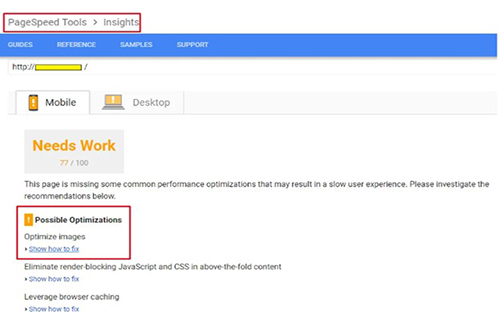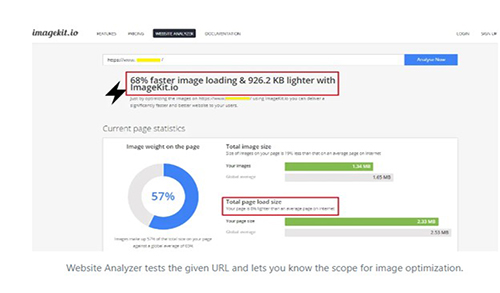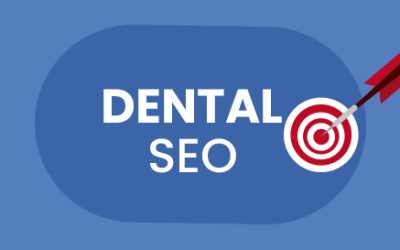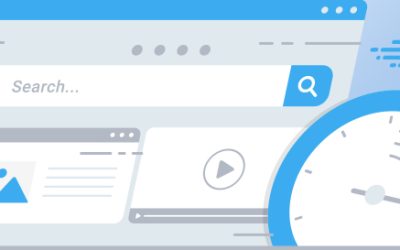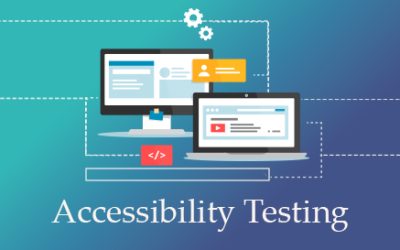Are you looking for an innovative strategy to gain an edge in SEO? If your image optimization is not adequate or up-to-date, you could be missing out on huge traffic and user engagement. Generally, Google considers a wide range of factors when deciding to rank a website for a specific search query. The inclusion of images has been gaining huge significance in recent times, particularly in the case of e-commerce, travel, and media websites. It is estimated that about 90 percent of information transmitted to the brain is visual. The fact is that images, especially those color, increase people’s desire to view the content.
A well-optimized image can have a huge effect on a website’s performance and the user experiences offered and make a website stand out from other sites. By making a few changes to the current image process, a website can gain more traffic and leads, resulting in more sales. Organic SEO companies can design the right optimization strategies to include suitable and attractive images in a website that help users to understand the information in a better and easy manner.
Image Optimization for a Website and Its Benefits
In simple terms, image optimization is a process to compress website images without losing their quality. It involves delivering the best quality images in the right format, dimension, size, and resolution, while keeping the smallest possible size. According to HTTP Archive, around 65 percent of a website’s weight consists of images. If you don’t optimize your website images, then the pages will load slowly and that will leave a bad impression on your website’s visitors.
Reports suggest that about half of the website users expect a website to load within 2 seconds or less. And approximately, about 40 percent of the visitors tend to leave the website if it takes more than 3 seconds to load. This in turn will increase your bounce rate, and eventually affect conversions. Here are a few reasons why image optimization is important for a website –
- Improves Page Load Speed – When it comes to SEO, speed matters. As images are heavy pieces of content, without optimization, they can slow down the website and cause page loading issues. Page load speed is the time taken by a web page to load completely. It depends on a wide range of factors like website layout, host, design and images. In fact, websites having less than 2 seconds load speed are most loved by users.Therefore, if you are optimizing 64 percent of your website’s weight – that is, images – higher will be the loading speed of the website. This offers the website visitors a faster experience, and more users would interact with the products and services. There are several tools such as Google’s PageSpeed Insights, Web Page Test, and ImageKit’s Website Analyzer that can help analyze your page load speed and give complete insights about a web page.
- Improves SEO Ranking – Just like users, Google also does not support websites with low loading speed. In fact, marketing Leaders such as Moz and SEMrush have also published their insights about page load speed. Google rolled out this update in the year 2010 wherein it began to take site speed into account in their search rankings. Therefore, it is quite clear that faster websites rank better in the search results when compared to slower ones. As every digital marketer understands the importance of search ranking in today’s world, they incorporate the strategy of mage optimization to increase the load speed of their web page.
- Boosts Conversions – Loading speed of a website page is directly linked to SEO ranking and conversions. In fact, there has been a lot of research among marketing leaders about the relationship between conversions and page load speed. According to a survey by Kissmetrics, about 79 percent of shoppers who are not satisfied with the web page speed or performance do not buy from the same site again. Image optimization helps in getting a higher rank in search results. It directly means that a website can capture more users and possibly get more conversions, if all the images are properly optimized.
- Enhances User Engagement – Image optimization is capable of boosting your conversion and revenue numbers. Optimized website images improve page load speed, and thus, provide a better user experience. In addition to a faster experience, optimized images are also more relevant and useful for website visitors. If your page is loading fast on all devices, a user will spend more time there. Optimized images have proper title and alt text, which are used by both search engines and screen readers in order to understand what your image is all about. In short, user satisfaction and happiness also depend on page load speed, which can be improved by optimizing web images.
- Saves Server Memory – Image optimization helps in saving server memory and reduces extra server load. For instance, consider a website has two same images, one image size is 900kb and another image size is 340kb. Then, using the second image will put low weight on the server and save your bandwidth also.
- Supplements Other SEO Efforts – Image optimization is an integral part of on-page SEO and they help supplement your other SEO efforts. A well-optimized image can enhance your page and increase its engagement. It also has a higher chance of showing up in the image carousels on search engines. Therefore, the right combination of format, title, title text, alt and text go into image SEO and give your images the best chance of performing high in search results.At the same time, they can also tie your on-page SEO efforts together and further reinforce the topic of a specific page. Not only does this give people and search engines a better idea of what is on the page, but also makes your page more attractive to users. A page with well-written content, and apt images that are optimized has a chance of earning social shares and even backlinks from other sites. All these factors contribute to building higher traffic back to a website and also building a brand’s authority online.
- Makes a Website More Accessible – Certain optimization steps, like adding alt tags, can make a website easier to navigate for those using screen readers. Web accessibility is not only good for site visitors; it is also good for SEO.
Though image optimization is a challenging and time-consuming process, the SEO benefits are worth the effort as this can extend a website’s reach and strengthen its reputation online.Partnering with an experienced search engine optimization company can help you make the most of image optimization technique. An experienced provider can help you add suitable and attractive images, and optimize them in the right format that will enable people to understand the information in a better manner.


